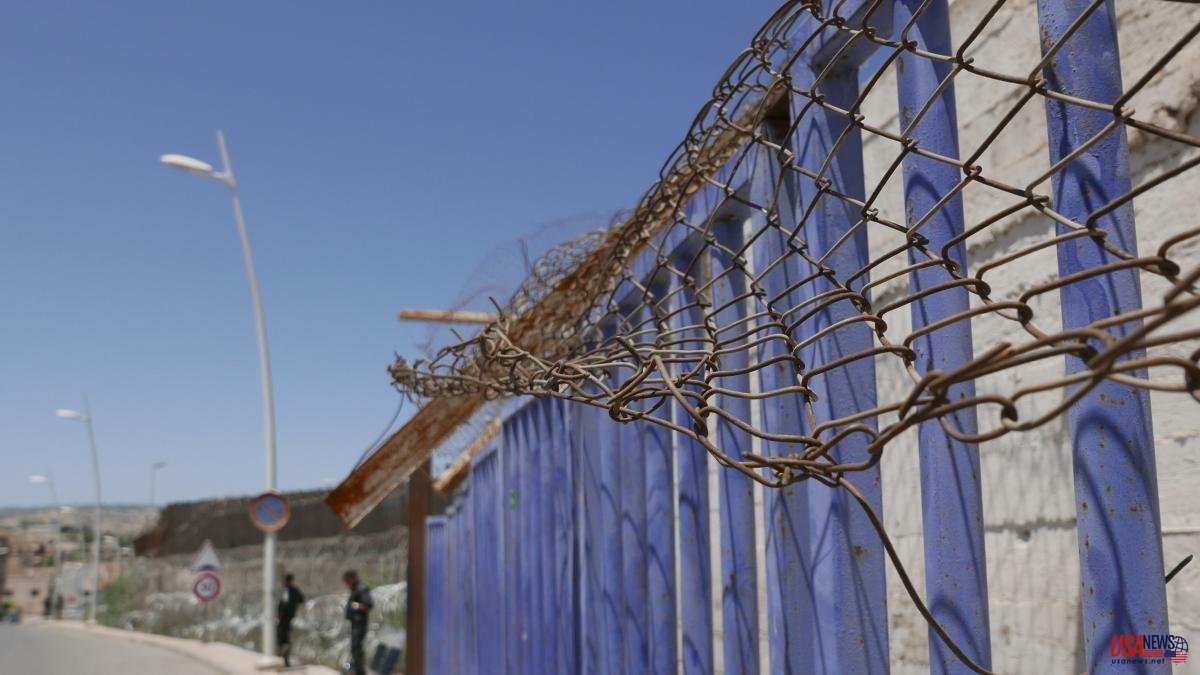Issakha had had her teeth knocked out by a chance. He was missing two upper incisors, one lower and one canine and his face was swollen from the blows. He explained his story with pain pricking his lip: after crossing the Niger border, before reaching the Libyan town of Al Qatrun, some armed men had kidnapped him and taken him to a farm where a hundred migrants were hanging from the ceiling, tied by the feet. The auction began immediately. They took them down one by one, beat them and made them call a family member for ransom. Sometimes 200 euros; others, 50; if they saw options, maybe a thousand. If his loved ones didn't send the money to an account in Egypt, they were doomed. Issakha's wife took a few days to collect the money and that delay cost him four teeth, but he was released and was able to continue on his way to Europe. In addition to Issakha, in those days of 2018 in Agadez, at the gate of the Nigerien desert, hundreds of shattered Sudanese arrived. Many had fled Libyan mines after being sold into slavery for $225 each.
In the last three jumps to the Melilla fence since March, approximately a thousand people have managed to cross the border perimeter. Four out of ten were from Sudan and a third came from Mali. Both data show a novelty: the fluctuating African migratory routes to Europe are being redrawn and point to Spain. Although of a different nature, the root of this change is common; the violence.
Although Sudanese fleeing to Europe traditionally took the direct route to Libya, the extreme brutality of the Libyan mafias and militias who extort and torture with impunity, the increase in intermediate border controls and the returns to the violent Libyan coastguards if the boats are intercepted in the Mediterranean have pushed many migrants to go to Algeria and Morocco to try to enter Spain from there. It is not a quick alternative: many take several months or even years to reach Moroccan soil because they work along the way to get money.
Tcherno Hamadou Boulama, a Nigerien activist from the Alternative Espaces Citoyens association, confirms that he has detected an increase in Sudanese en route and points to the political instability and coups that have plagued the country since 2019 and the worsening of the war in Darfur. But Tcherno also points out another key point in migratory movements: jihadism in the Sahel. “Especially in Mali and Burkina Faso, it has caused huge displacements and increased poverty. Many when they flee go to neighboring countries, but others will continue north. In addition, the forthcoming withdrawal of the French mission Barján, which was fighting groups loyal to the Islamic State or Al Qaeda in the region, has left the field free for a new actor that announces more abuses: the Russian group of mercenaries Wagner has been operating in Mali since end of last year.
African migration to Europe has deep and diverse roots, sometimes overlapping. Others unexpected. Added to wars, jihadist violence, lack of freedom and systemic poverty are rising clouds such as those displaced by climate change, with increasingly common droughts and floods, or the economic impact of the covid pandemic, behind in part of the rise in African arrivals to the Canary Islands.
The last slash comes from afar: the war in the Ukraine. The increase in the price of fuel and fertilizers, added to the shortage of cereals – 16 African countries import half or more of their wheat from Russia or Ukraine – will leave millions without a network. In a recent report, Save The Children and Oxfam warned that hunger will claim a life every 48 seconds in East Africa. Unless – this is not pointed out in the report – they seek a way out to the north.













